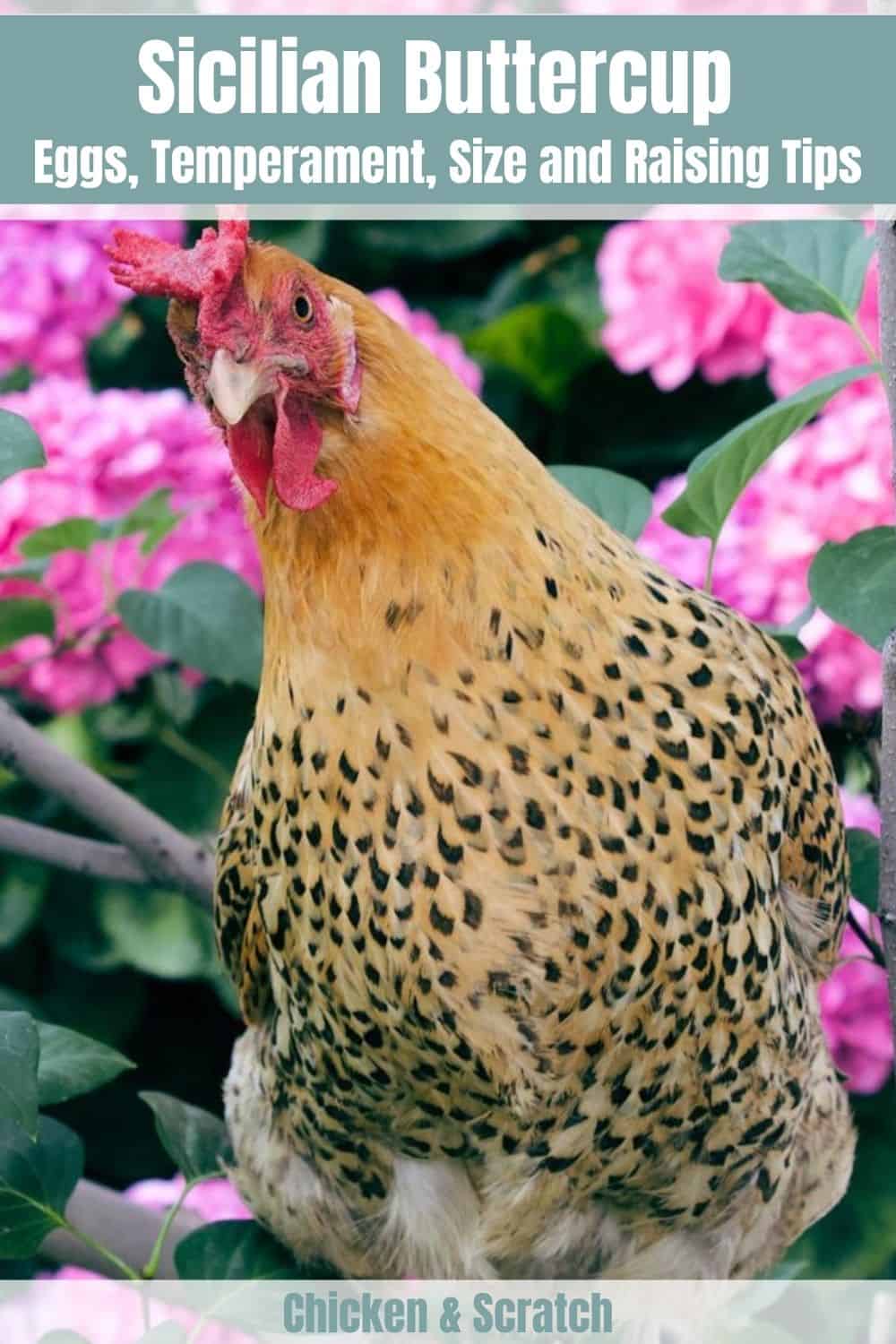The Sicilian Buttercup Chicken is a rare beauty in the poultry world. This bird has caught and captivated the hearts of many with its charm. This breed doesn’t only look adorable. It also plays the part, being one of the more charming breeds.
As if its beautiful colors and patterns are not enough to display its charm, this little missus even has a comb that would remind you of a flower. They’re practically like little princesses with tiaras on their heads!
Whether you’re looking for a beauty or a barnyard buddy, the Sicilian Buttercup would be a chicken worth considering.
Weight | 5 - 6.5 pounds |
Color | gold and black |
Lifespan | 5-8 years |
Egg Size | samll |
Egg Color | white |
Egg Laying | normal |
Cold Hardy | Yes |
Cost per Chick | $3.5 -$5.5 |
This article will cover
- Background and History of Sicilian Buttercup
- Breed Standard and Appearance
- Personality and Temperament
- Sicilian Buttercup Chicken Egg Laying
- Health Issues and Care
- 4 Tips for Raising Sicilian Buttercups
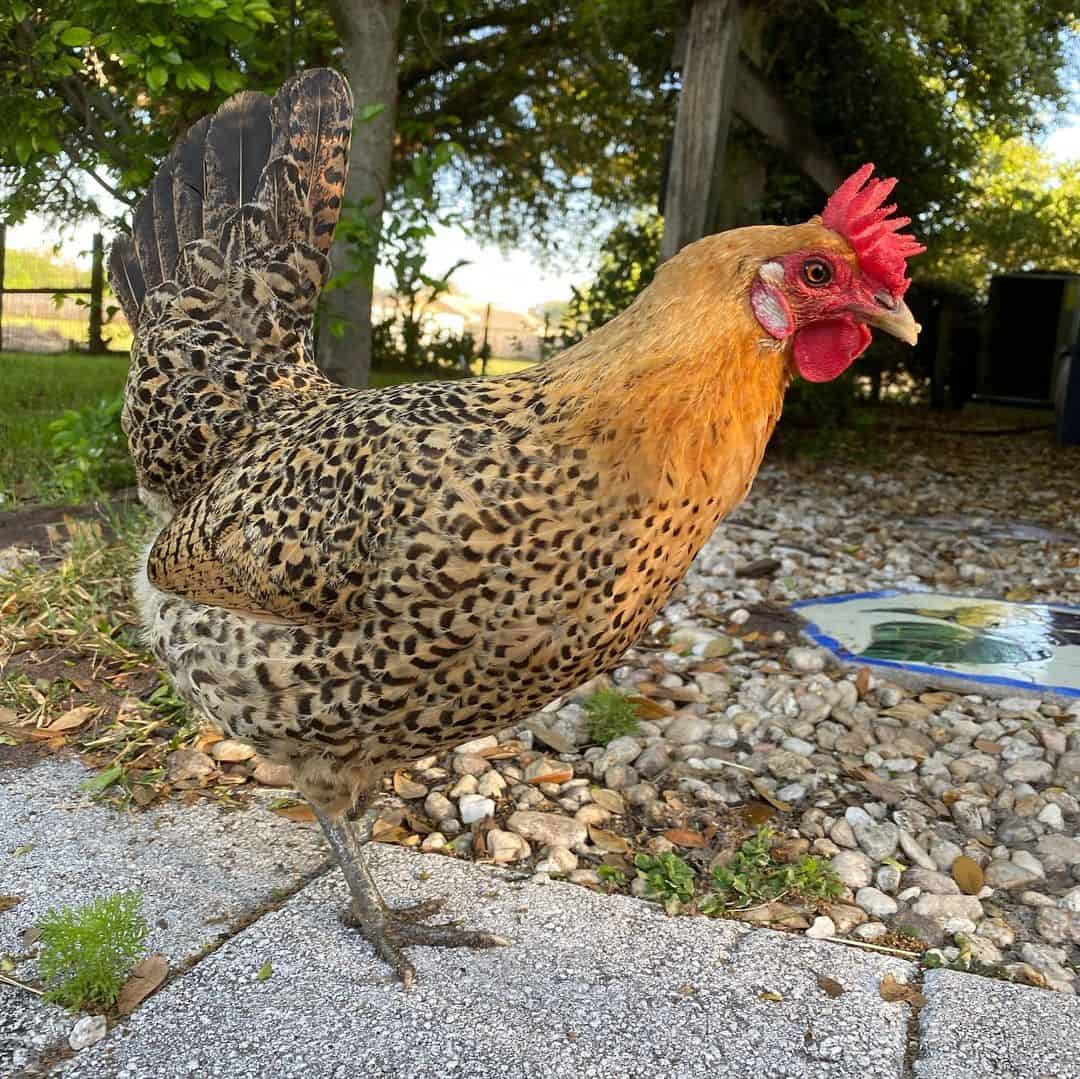
Background and History of Sicilian Buttercup
The Sicilian Buttercup Chickens have been roaming to and fro for many years already. However, the exact origins of these birds are unknown. There are many theories and speculations regarding when and where these fowls first dawned.
Some believe that these birds’ genesis dates back to Biblical times, although the place remains unspecified. On the other hand, some think that they originated in North Africa. However, some believe that their origin is in Sicily.
A lot doesn’t seem to be clear with the Sicilian Buttercups’ history, but there is one point a lot of people do agree on: how the Sicilian Buttercup reached the United States.
It seems a seafarer unintentionally introduced the Sicilian Buttercup to the New World. While stocking up for his journey, he decided to bring some of the chickens to be meat for his crew.
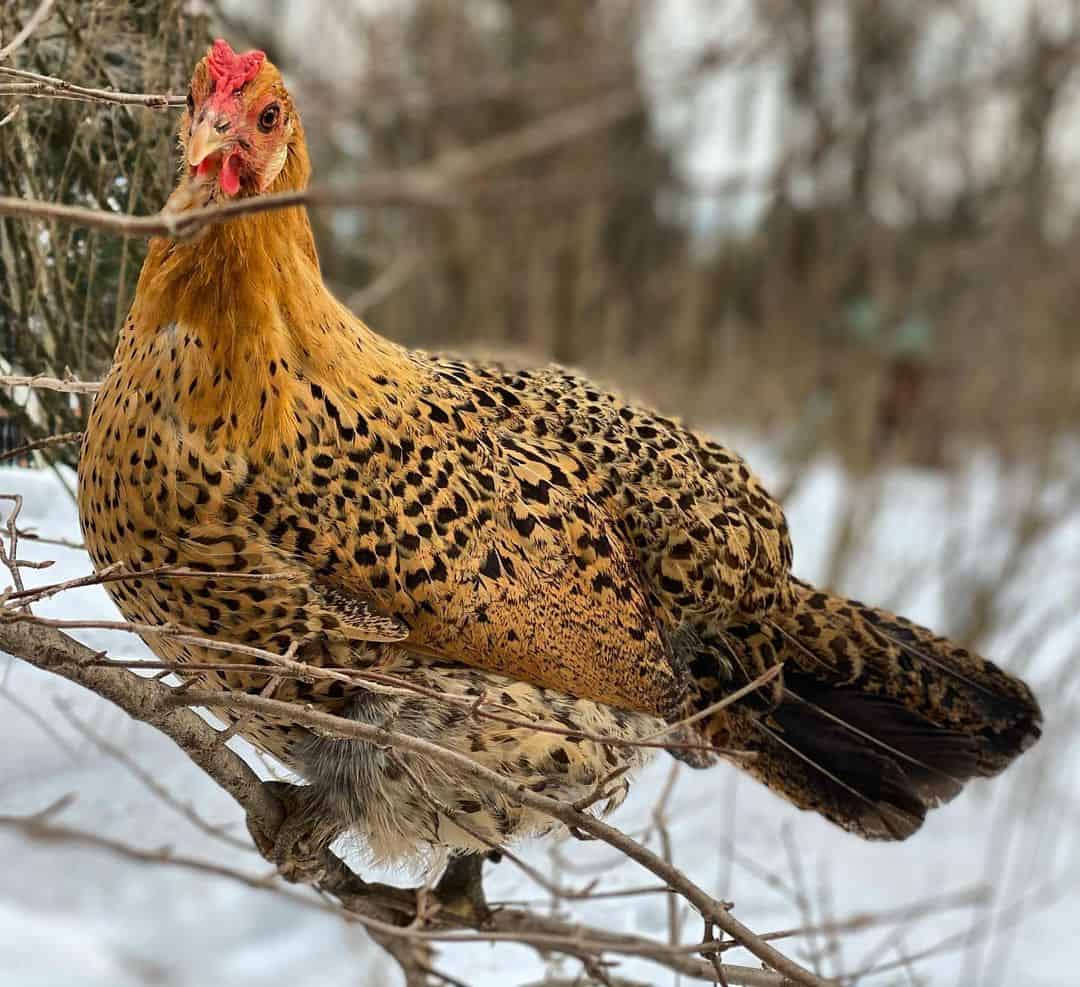
However, because the Sicilian Buttercup pleasantly surprised them by providing eggs throughout their trip, they decided to make them pets instead. Along the way, they started trading these birds until some reached the states.
The Sicilian Buttercup quickly gained popularity, that a club specifically for these birds formed right away. This club rapidly gained hundreds of followers in just a few years. However, this newfound fame was short-lived as people soon found other breeds that provided more eggs.
Afterward, the number of these birds started to decline. However, efforts have been made to increase the number of these chickens.
Right now, the popularity of the Sicilian Buttercup is slowly gaining momentum again. The Sicilian Buttercup is still in The Livestock Conservancy’s Conservation Priority List (CPL). However, its status has gone from “threatened” to “watch”. With a little more push, these chickens would be off of that list!
If you’re interested, you can check the list here.
Breed Standard and Appearance
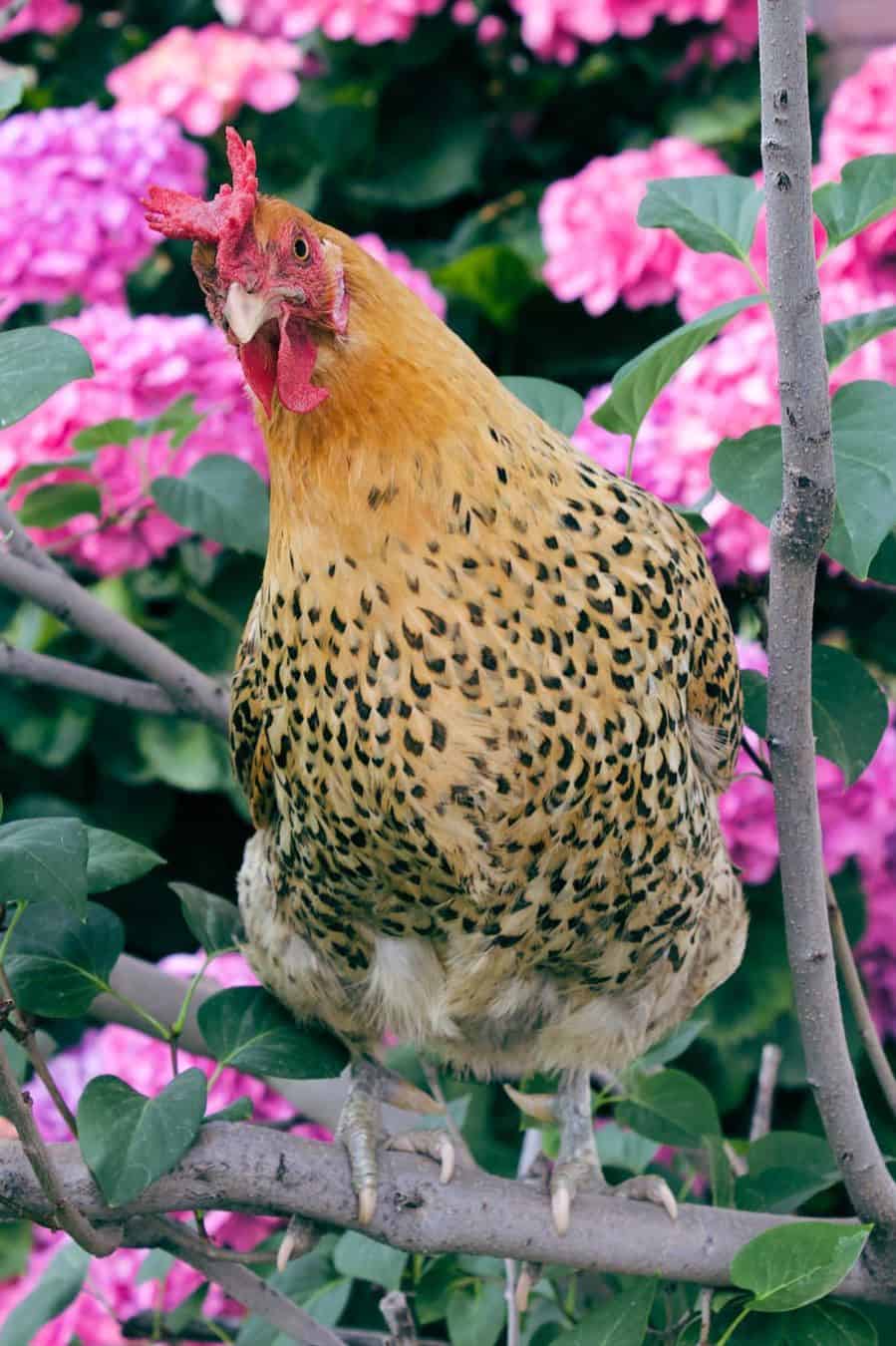
The Sicilian Buttercup is an accepted and recognized breed of both the American Poultry Association and the Poultry Club of Great Britain.
Its comb, which somewhat resembles a cup, is undoubtedly one of its most prominent features. Others say the combs look a lot like a flower for which these birds are sometimes also called Sicilian Flowerbird. Ideally, the combs of these fowls stand upright. However, there are instances where the comb of the Sicilian Buttercup hen is somewhat drooping.
The legs of these birds are not feathered, which gives you a clear view of another eye-catching feature. The legs of the Sicilian Buttercups are green which is not common among chickens.
It’s easy to tell the males from the females of Sicilian Buttercup as you can distinguish them by simply looking at their feathers. The hen’s plumage sports a gold hue, while the Sicilian Buttercup rooster displays feathers closer to an orange hue.
Furthermore, the hens exhibit a somewhat spotted pattern that most roosters don’t sport as clearly. However, both genders have a black tail that gives a green shimmer.
Having both a hen and a rooster on your farm would undoubtedly be a charming addition to any flock.
The Temperament of the Sicilian Buttercup Breed
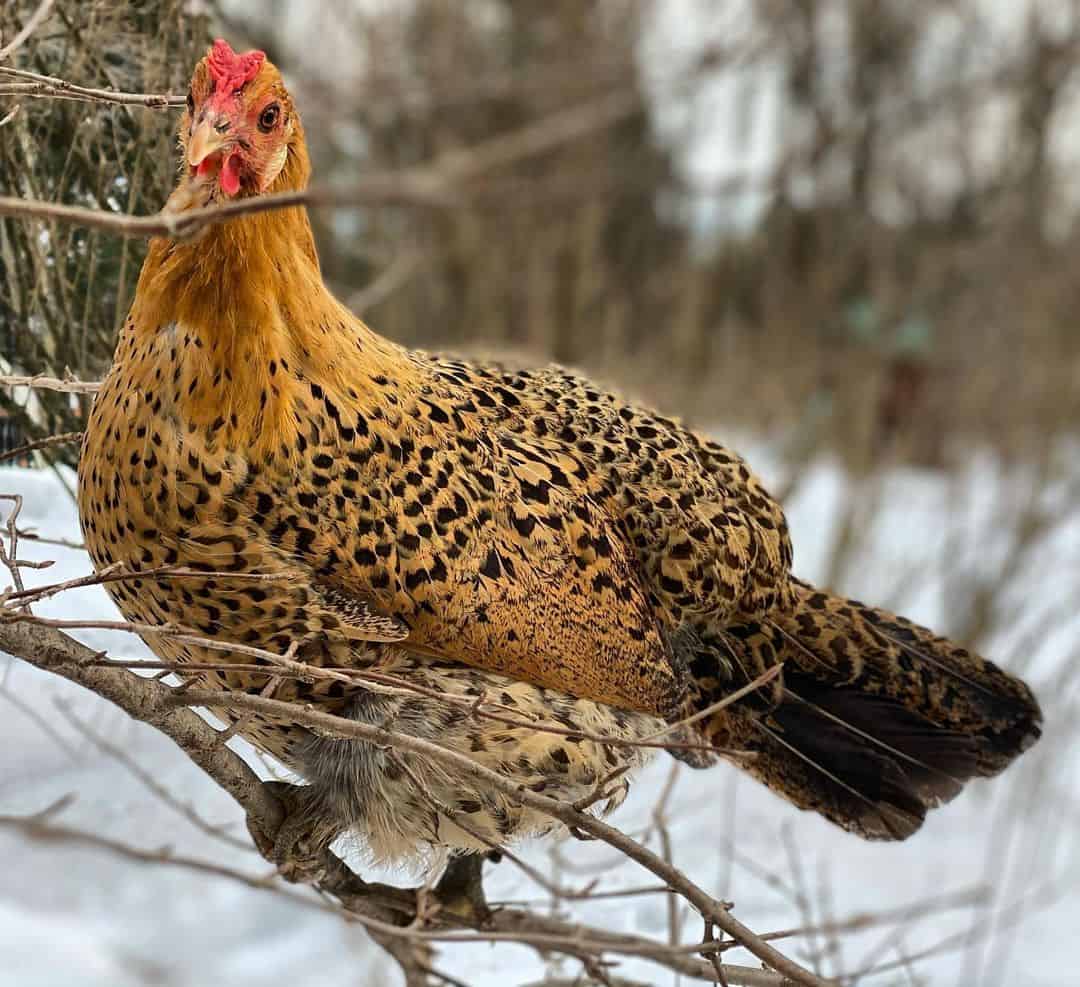
As for the Sicilian Buttercup temperament, they are active birds. Keeping in line with being little missuses, these birds seem to be almost always on the run. It’s always like they have errands to take care of, and they’re always late!
They are generally known to be always exploring. This makes them quite amusing to watch.
They’re not an aggressive breed, but they’re not the friendliest chickens out there. However, roosters have been described as gentle, despite roosters of any breed usually expected to be aggressive.
There is a possibility that they would be a lot friendlier if you raise them and spend a lot of time with them from a young age. However, it is also possible that your Sicilian Buttercup might not ever like to be held or touched. They are busybodies, after all. You best not keep them from their missions and undertakings!
You don’t have to worry about mixing them with other breeds. They may not be the most amiable chickens around, but they can handle being with other chickens well. While being known to be on the wilder side, these chickens are not known for bullying other breeds.
Sicilian Buttercup Chicken Egg Laying
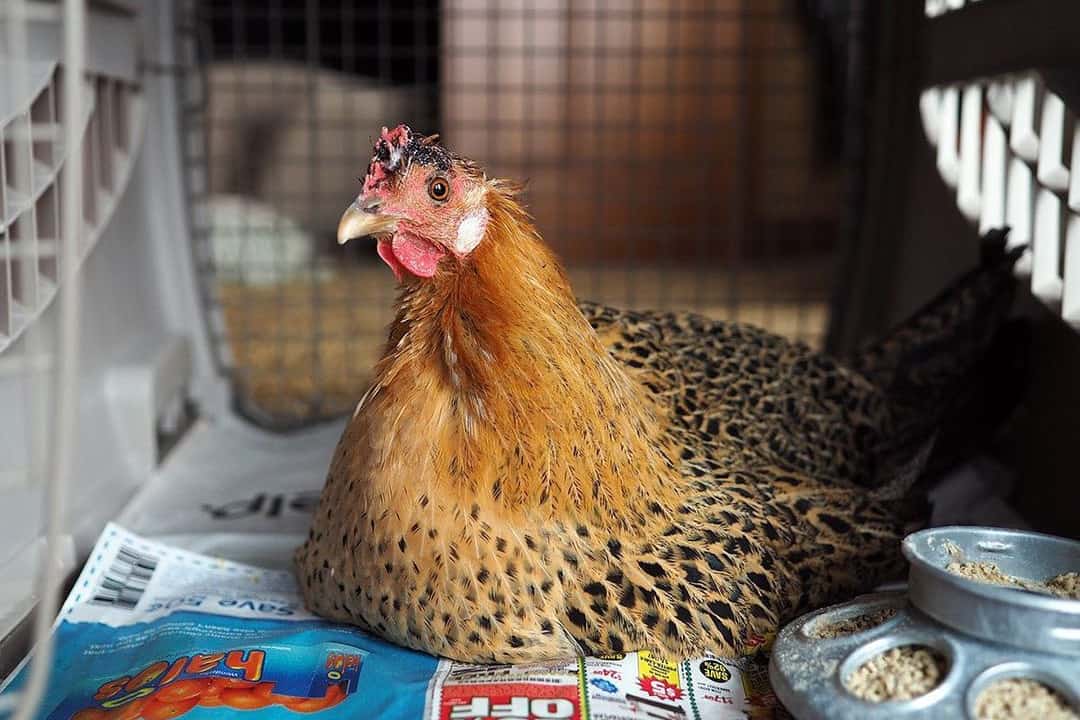
Sicilian Buttercup Chicken eggs are white and can range from small to medium in size. Furthermore, these birds can be reliable egg producers and are capable of giving around 100 to 200 eggs each year. They could start laying as early as five months, but it is also possible for them to start producing eggs as late as ten months.
Additionally, rarely do these birds go broody, which means they won’t give you a hard time when it’s time to collect their eggs. However, this could be a little problematic if you want to hatch Sicilian Buttercup chicks.
Health Issues and Care
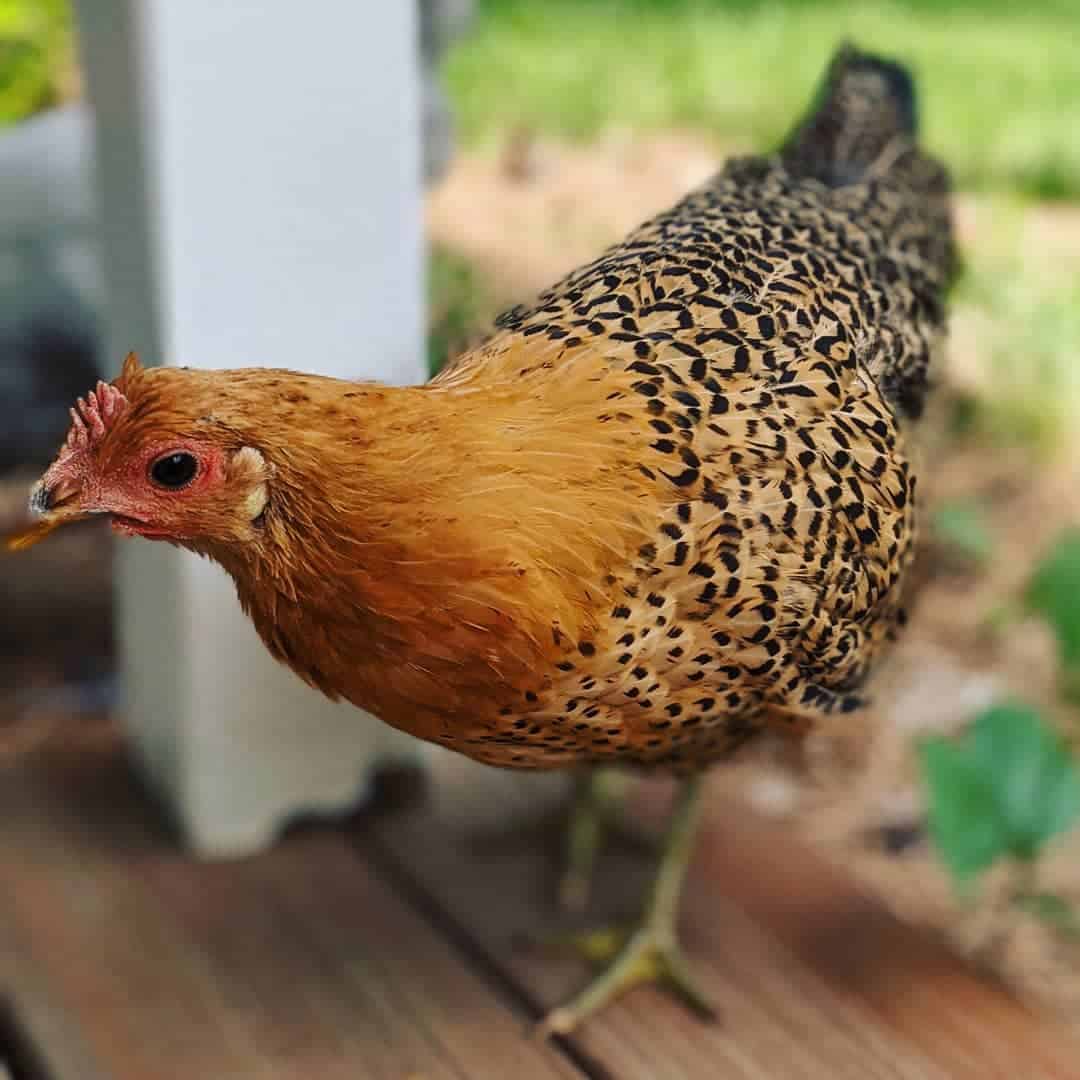
These birds are one of the healthier ones. They may look like dainty critters, but they are one of the hearty breeds out there. They don’t need any special treatment, and you’ll only need to worry about the common health concerns.
Furthermore, these birds are heat-hardy. You won’t have much problem with them when summer rolls in. However, don’t forget to still give them some shade and keep them hydrated.
On the other hand, they are not that cold-hardy. While they will survive the chilly weather, the extreme coldness will give them frostbite, which is quite painful for these critters. Make sure to prepare and provide some needed heat when winter rolls around.
If you’re taking care of these beauties for their egg, you would want to watch out for their feed as it would be a factor in their egg production.
Overall, the Sicilian Buttercup is a healthy breed not especially prone to any ailments or illnesses. They could live up to six years. However, given extra tender loving care, this number could still go up.
4 Tips for Raising Sicilian Buttercups
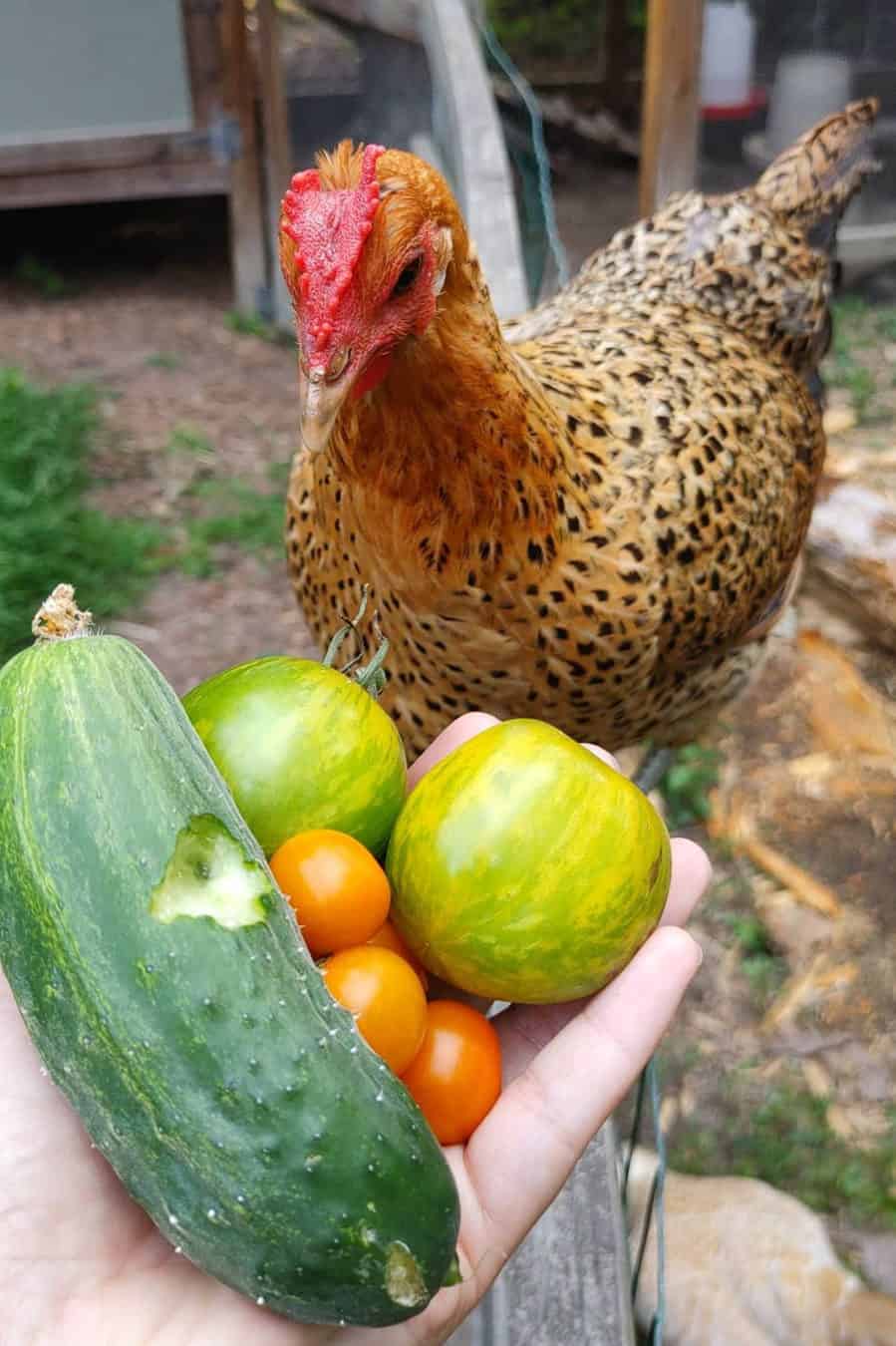
- Give Them Space: They’re not the largest fowls out there, but they still take up some space. Taking their size and their natural preference to roam into consideration, you need to give them room. Furthermore, these birds don’t like being confined, so make sure to give them a large expanse to appease them.
- Tall Fences: These birds are flighty. Combine that with their intolerance to confinement, and you have a bird that will try to fly out of the coop at any opportunity it will get. Make sure to consider this if you’re planning to get these birds.
- They Need Time: These birds mature early. However, their prominent features take some time to develop. You don’t need to worry if you see them growing but don’t notice any of their distinct features showing. Just give them time, and it will soon come out.
- Watch What They Eat: If you’re concerned about their egg production, then you can help with their egg-laying by giving them the right feed and nutrition. Give them more vitamins and minerals. Make sure there’s a good amount of calcium in there for the eggshell creation. Vegetables could also help with lowering the mortality rate.
Summary
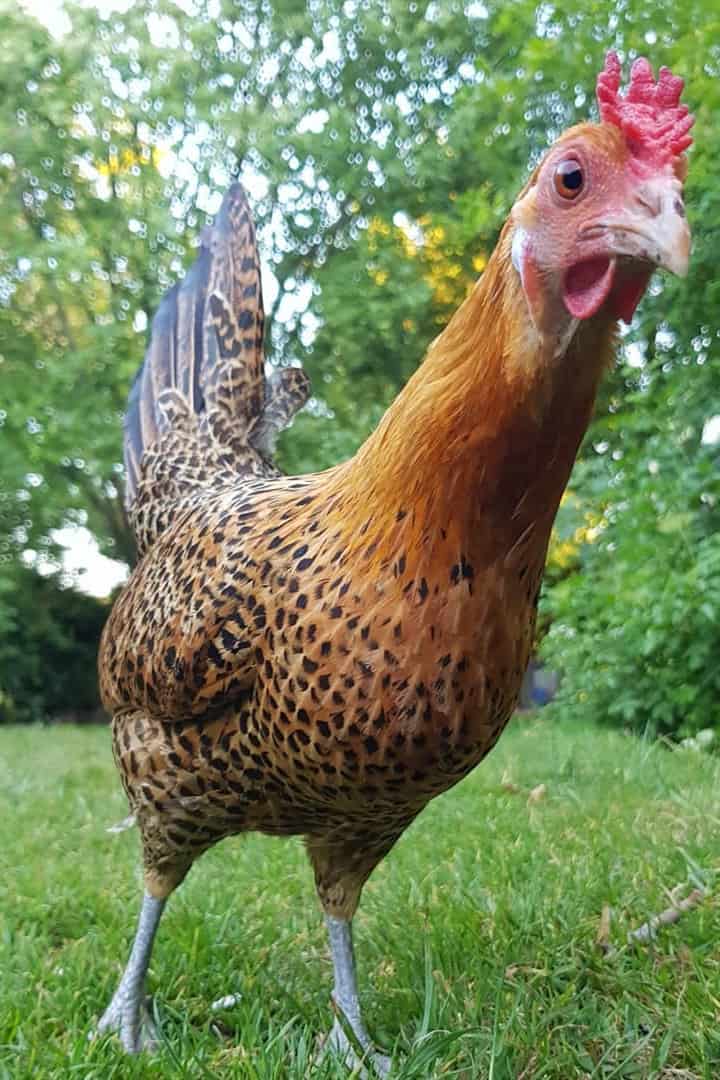
The Sicilian Buttercup is undoubtedly a fine addition to any coop. They are a rare breed that has a rich history. This breed has been through a lot including, facing the threat of extinction. Despite everything they have been through they are still here and slowly recovering their numbers.
Furthermore, they are one of the more unique chickens with their beautiful combs that sometimes resemble a cup, a flower, or even a tiara. On the flip side, they also have their green legs to sport and display.
They are not the friendliest birds out there, but neither are they the most aggressive fowls on the list.
These birds are active and wild fowls. Characteristics that can both bring amusement and fun to your farm. Furthermore, it’s traits that help them in avoiding predators that may loom around your coop.
Except for their intolerance to confinement and their tendency to be noisy birds, these chickens are easy to handle. They are a healthy breed that’s not especially susceptible to any disease or malady. They could live for up to six-year – or even more – given the right conditions.
The Sicilian Buttercup would probably wow any poultry enthusiast that would see it. They are true beauties that you would want to consider.


Joseph Hudson has been raising chickens for over 15 years. In 2018, he completed the Agriculture & Natural Resources program at Mt. San Antonio College. He currently raises over 1400 chickens on his 7.5-hectare farm. He keeps sharing his experience on raising healthy and happy chickens on Chicken Scratch The Foundry.
